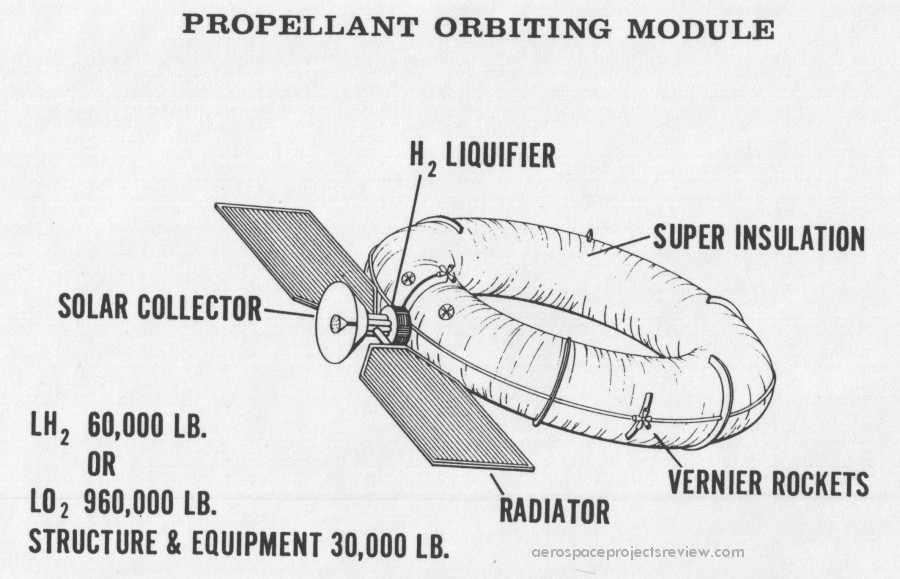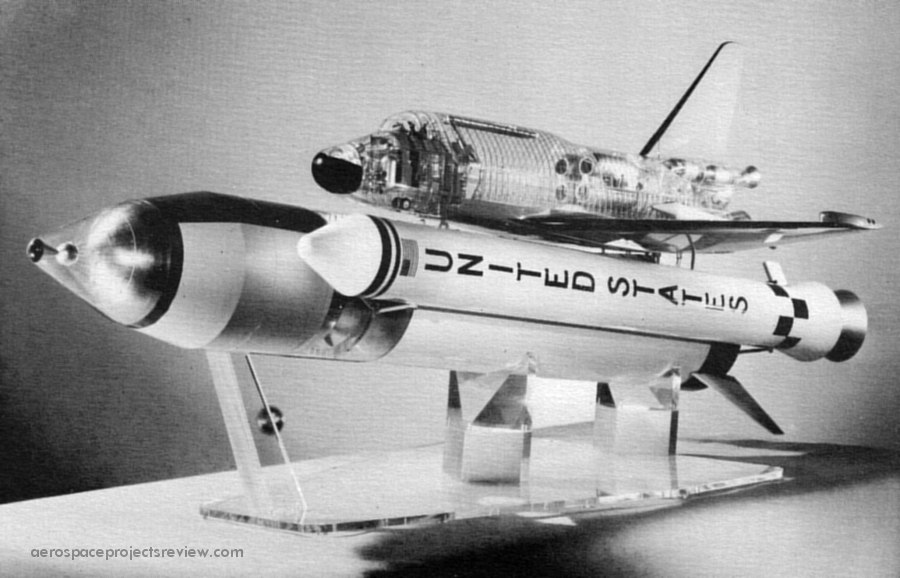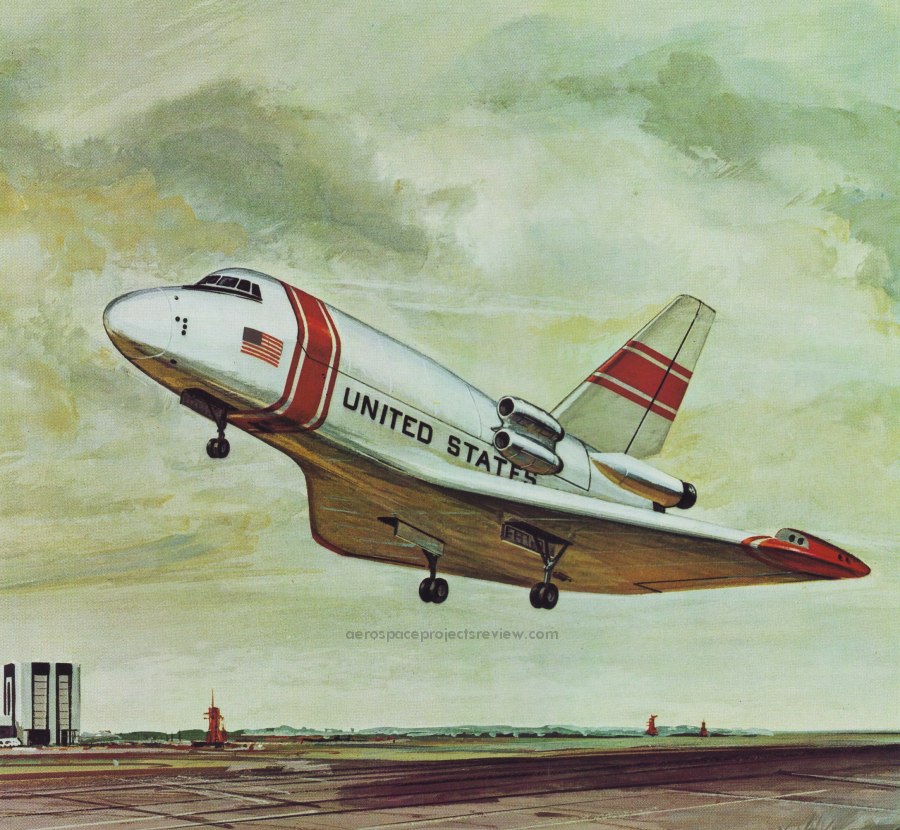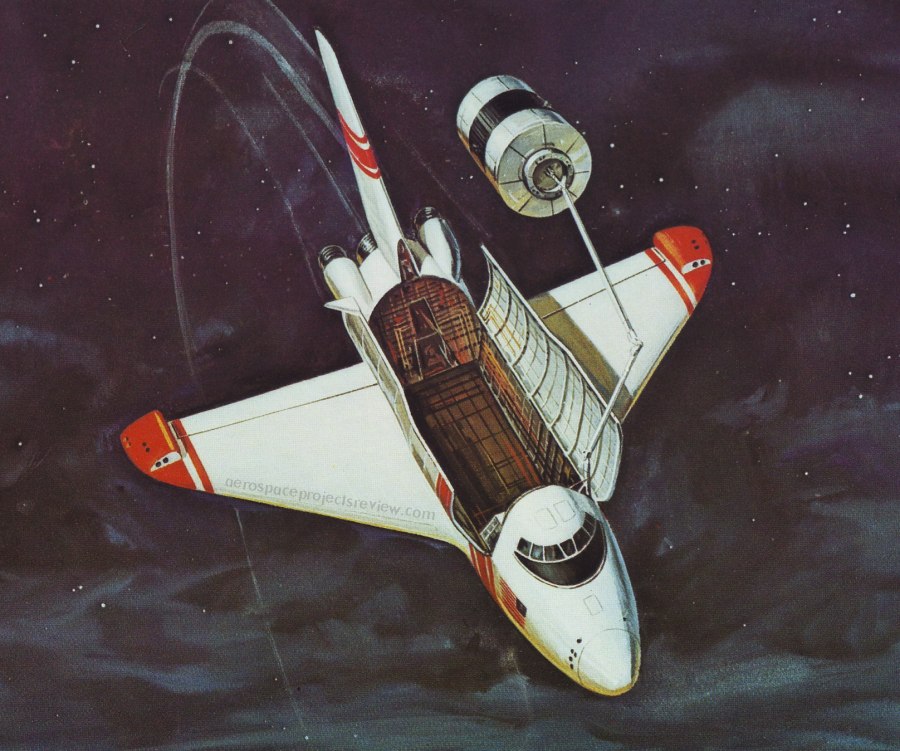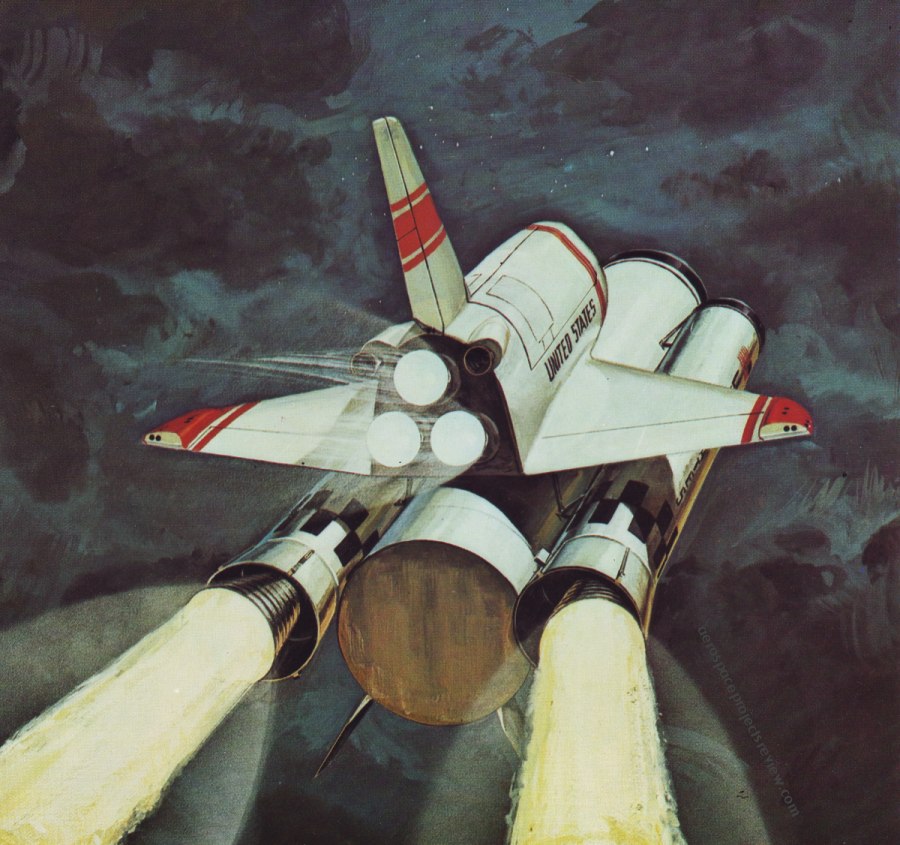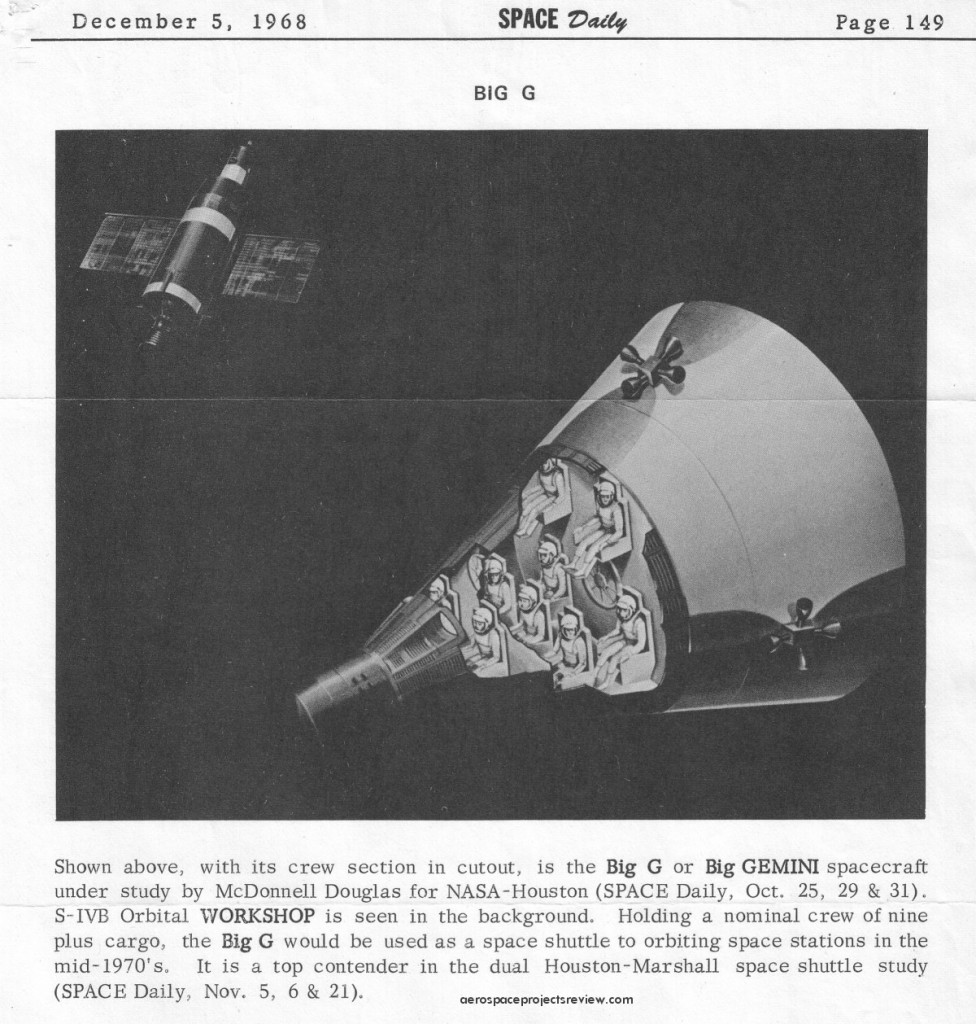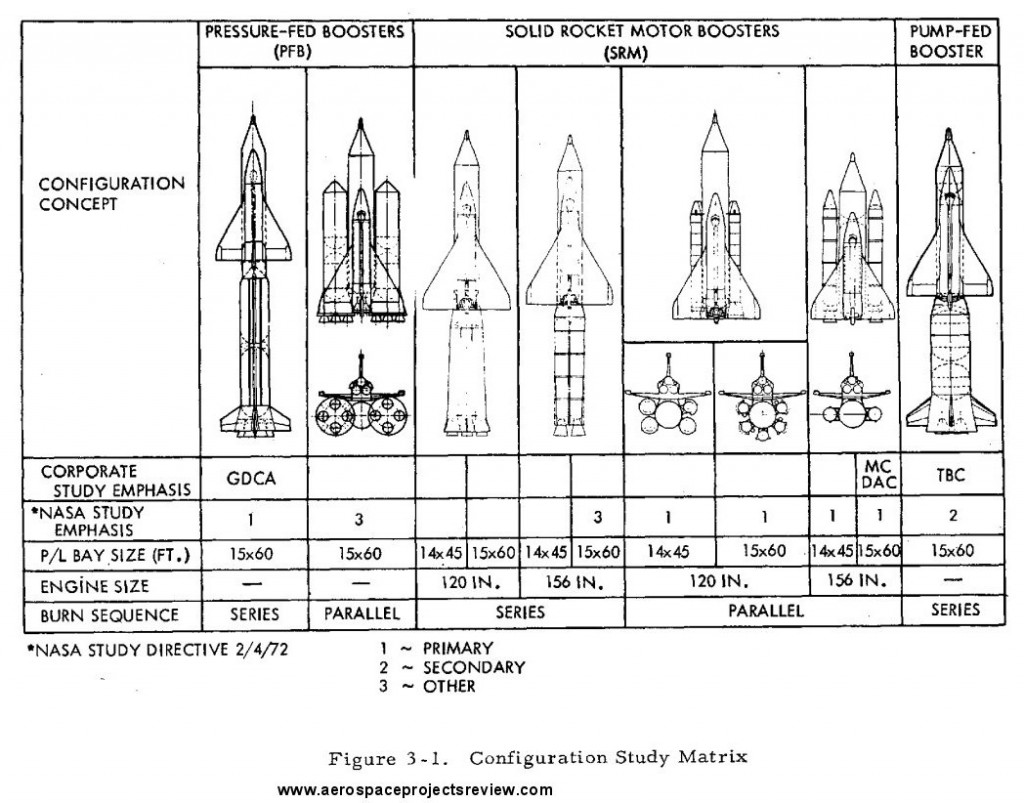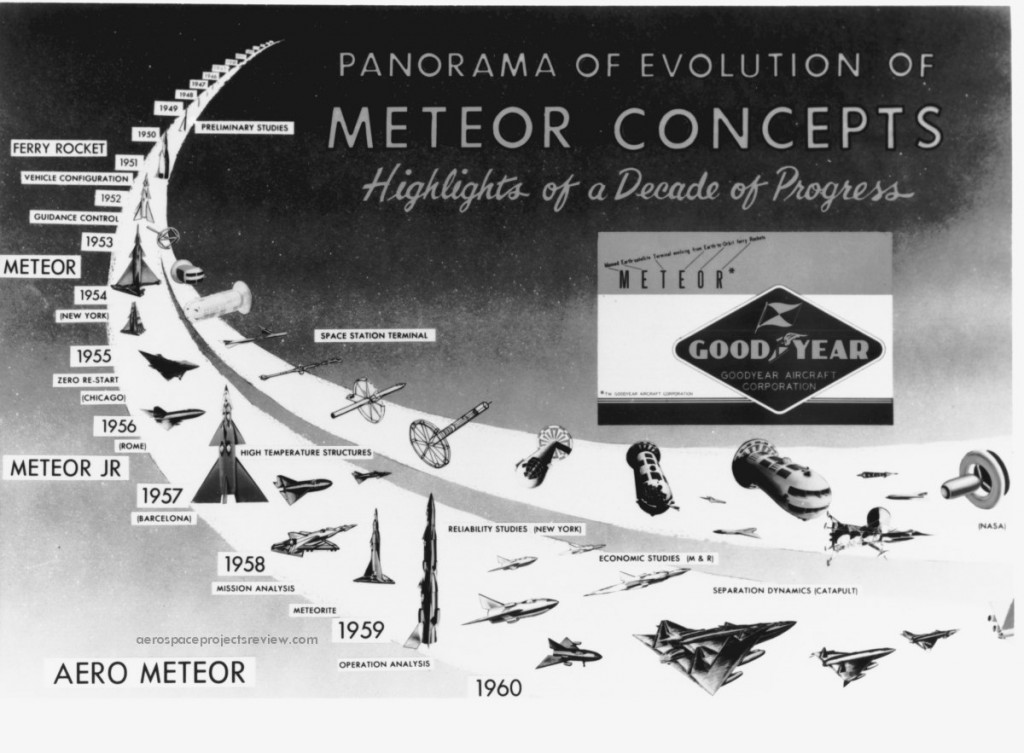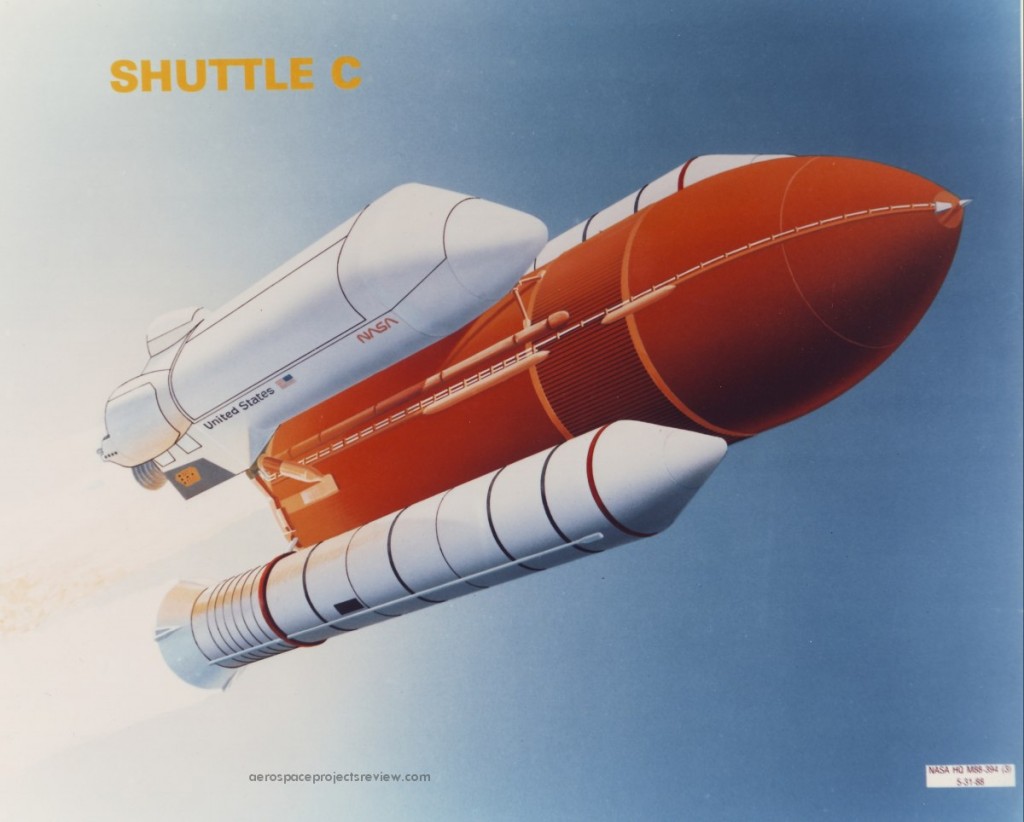The concept of an orbital fuel depot, supplied from Earth in order to fuel missions to Mars and the like, is not especially new. Shown below is a concept from General Dyanamics from 1963, depicting a toroidal propellant depot. A torus is a rather poor shape for such a thing… not only is it heavier than an equivalent-mass spherical tank, it also has substantially more surface area. But the advantage of this configuration is that it would easily pack in excess payload space aboard a partially-loaded Nova launch vehicle. Dimensions weren’t given, but maximum diameter would be less than 70 feet.
In the early 1960’s, NASA wanted the Nova rocket: a launch system capable of orbiting around one million pounds. The primary missions included manned lunar and Mars missions, space station launches, that sort of thing. But other missions were contemplated, including military missions. Information on these military missions is pretty lean. This is most likely due to the fact that Nova was a NASA project with minimal DoD input… thus there would have been minimal actual work done on military launch planning for Nova. Nevertheless, a few snippets of military Nova data have come to light from time to time.
A General Dynamics/Astronautics presentation to NASA in August 1963 had a few paragraphs and a few charts discussing military missions. Sadly there was little more; it is impossible to determine if these concepts were actually requested by NASA or not, and whether these ideas went any further. BAMBI (BAllistic Missile Boost Intercept), an anti-missile satellite system, was studied by General Dynamics at the same time as Nova, and has largely remained classified (or at least, little has been made public). Like the anti-missile satellites studied during the SDI program of the 1980’s, for BAMBI to have had a chance of success at taking out a massed Soviet ICBM strike, a large number of the satellites would be needed. In the NOVA presentation, 14 million pounds worth of satellites – each weighing 4,000 pounds – were claimed as needed. In this case, launching 3,500 or so satellites would be a chore that Nova could handle easier than much smaller launch vehicles.
More unconventionally, Nova was also proposed as a logistics transport. In this case, it could be used to chuck a capsule across the planet sub-orbitally… a capsule with 2.5 million pounds of payload. Additionally, Nova could put a 1 million pound capsule into orbit; the capsule would de-orbit itself and land to disgorge infantry. Orbital systems were in a way prefered, as orbital systems meant that the Nova itself would go into orbit. This meant that the Nova could de-orbit on command an return to Earth at convenient locations for recovery; ballistic lobs would essentially throw the Nova away. The orbital capsule was at least illustrated with a drawing.
Finally, Nova could be used to launch offensive weapons. One million pounds were the weights given, so presumably these were meant to go into orbit. The weapons loads were remarkable, and more than a little spooky:
- 10,000 megatons worth of nukes (speculation: 10,000 one-megaton warheads)
- Enough chemical weapons to kill everyone in a 1,000 square mile region
- Enough biological weaponry to kill everyone in a 1,000,000 square mile region.
Note… these weapons loads are for a single launch.
Not provide in the presentation – or anywhere else that I’ve seen – is NASAs reaction to the idea of using their rocket to launch a million square miles worth of biological horr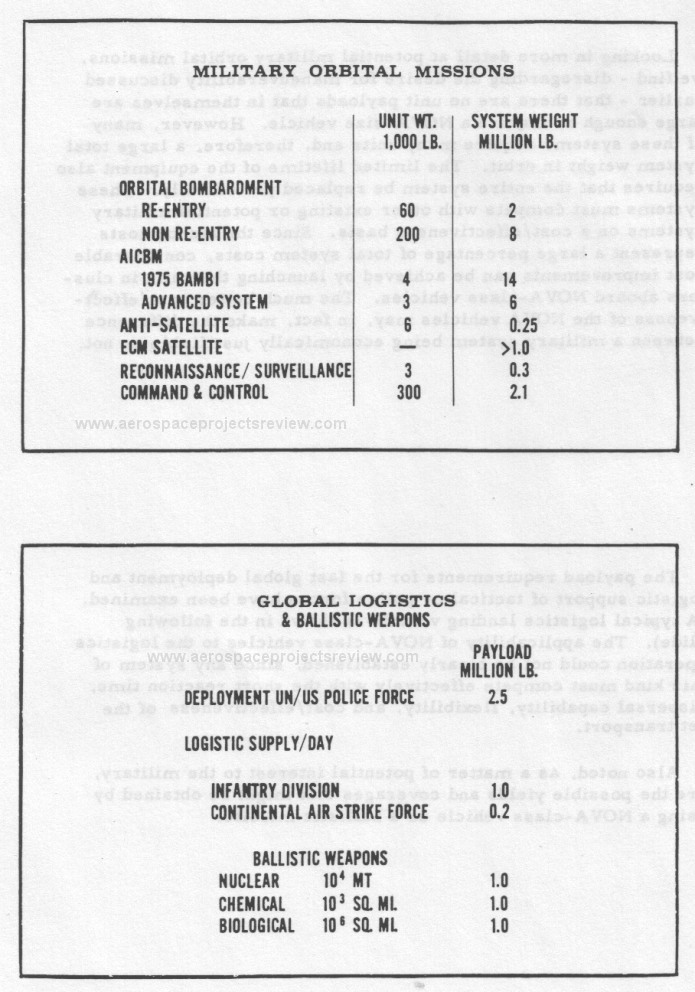 or.
or.
An illustration of Grumman’s 619 Space Shuttle – the final competitor for the competition that North American Rockwell won – lifting off. This design from 1972 was laid out pretty much as the final Space Transportation System was, but with some notable differences:
1) Stabilizing fins on the external tank
2) A “humped” back
3) four turbojet engines could be stored in the rear of the cargo bay, used for landing range extension, go-around capability and self-ferrying
4) Smaller OMS pods
5) Separate reaction control pods on the wingtips
One pre-Shuttle idea for a space logistics vehicle was the “Big Gemini.” This would have used portions of the Gemini re-entry capsule as the nucleus around which a much large conical capsule would be built. The adapter section would be done away with and replaced with a conical section (with a geometry matching and extending the Gemini capsules) to house a variable number of passengers. A large number of “Big G” configurations were put forward; generally these were to be launched atop the Saturn Ib, but Saturn V and Titan IIIc options were also studied.
A collection of designs produced for alternate space shuttle configurations. This was the last gasp for configurations substantially different from what actually got built…. the second design from the far right became the baseline layout. But even with a recognizable orbiter and external tank, considerable variation was possible in overall launch vehicle layout. Not shown is a flyback booster option.
An illustration from Goodyear, circa 1960, showing the evolution of the “METEOR” launch vehicle and space station systems. Note that it goes back to at least 1949, and perhaps earlier. See also Space Doc 55.
A NASA illustration from 1988 depicting a Shuttle C launch vehicle in flight.
